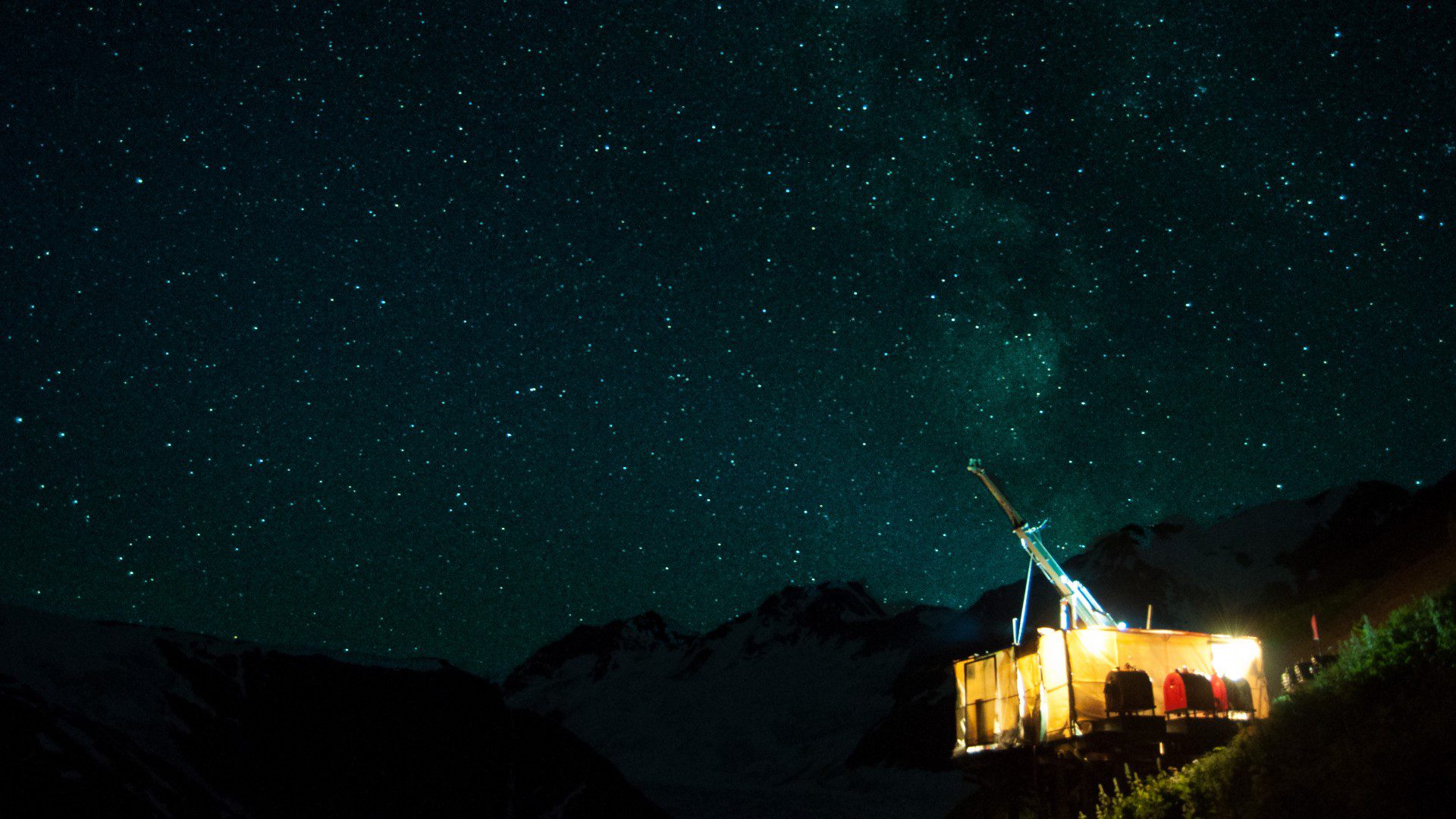Some mines, such as the Bingham Canyon Mine (also known as the Kennecott Copper Mine), are located conveniently close to all the infrastructure that is needed to make them economic. Bingham, a large open-pit mine, lies just southwest of Salt Lake City, capital of, and largest city in, the state of Utah.
A couple of thousand miles up the map from Salt Lake City, northwest B.C. is not as fortunate. Despite its abundance of mineral wealth, access to markets in the rest of the world is difficult and expensive. But when a discovery is made in the region, it can lead to bursts of activity to connect it to the outside world. Take, for example, the Premier Mine.
“The Premier Mine was the first major mine in B.C.,” says Tom Schroeter, consulting geologist and former president of Fjordland Exploration Inc. “It came about as the result of a discovery made at the beginning of the 20th century. Because of the region’s remoteness, very little exploration had taken place there.”
What the Premier Mine had going for it was its location.
“The mine is near Stewart, B.C., the most northerly ice-free port in Canada,” says Schroeter. “Some entrepreneurs were so enthusiastic about the mine’s discovery in 1910 that they started to build a railroad to connect Stewart to the coalfields in north-central B.C. and to Edmonton. But the First World War intervened, and the railroad was never completed.”
After the First World War, the Premier Mine began operating. “Between 1918 and 1968, production of gold at Premier and the adjacent Big Missouri Mine totalled almost $2 billion,” Schroeter says. “That value wouldn’t have been created if the mines hadn’t been able to get their products to market through the port of Stewart.”
The port of Stewart may still see shipments from Premier and Big Missouri, as Ascot Resources Ltd. has drilled more than 180,000 metres in 846 drill holes over the past seven years in this historic mining area.
